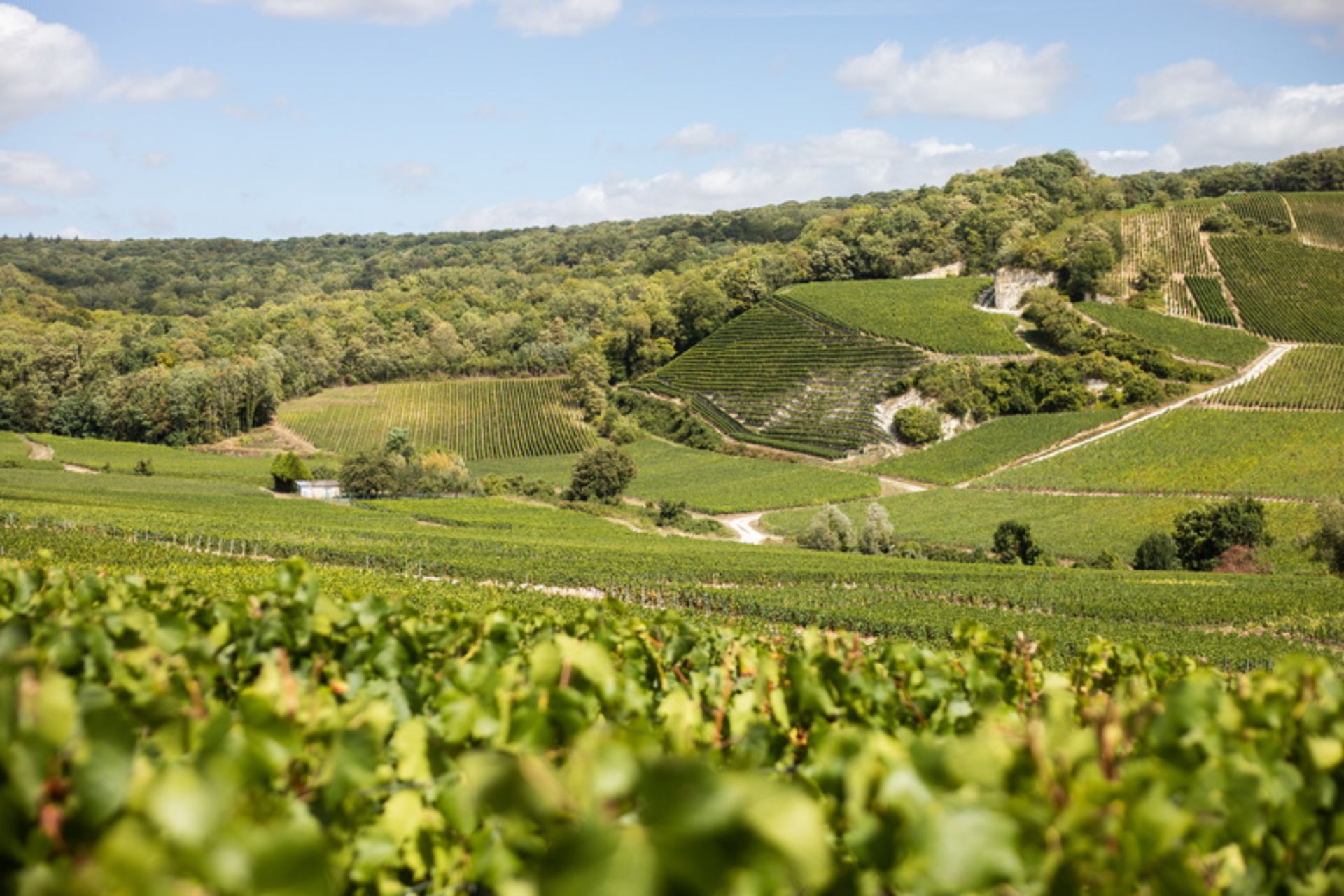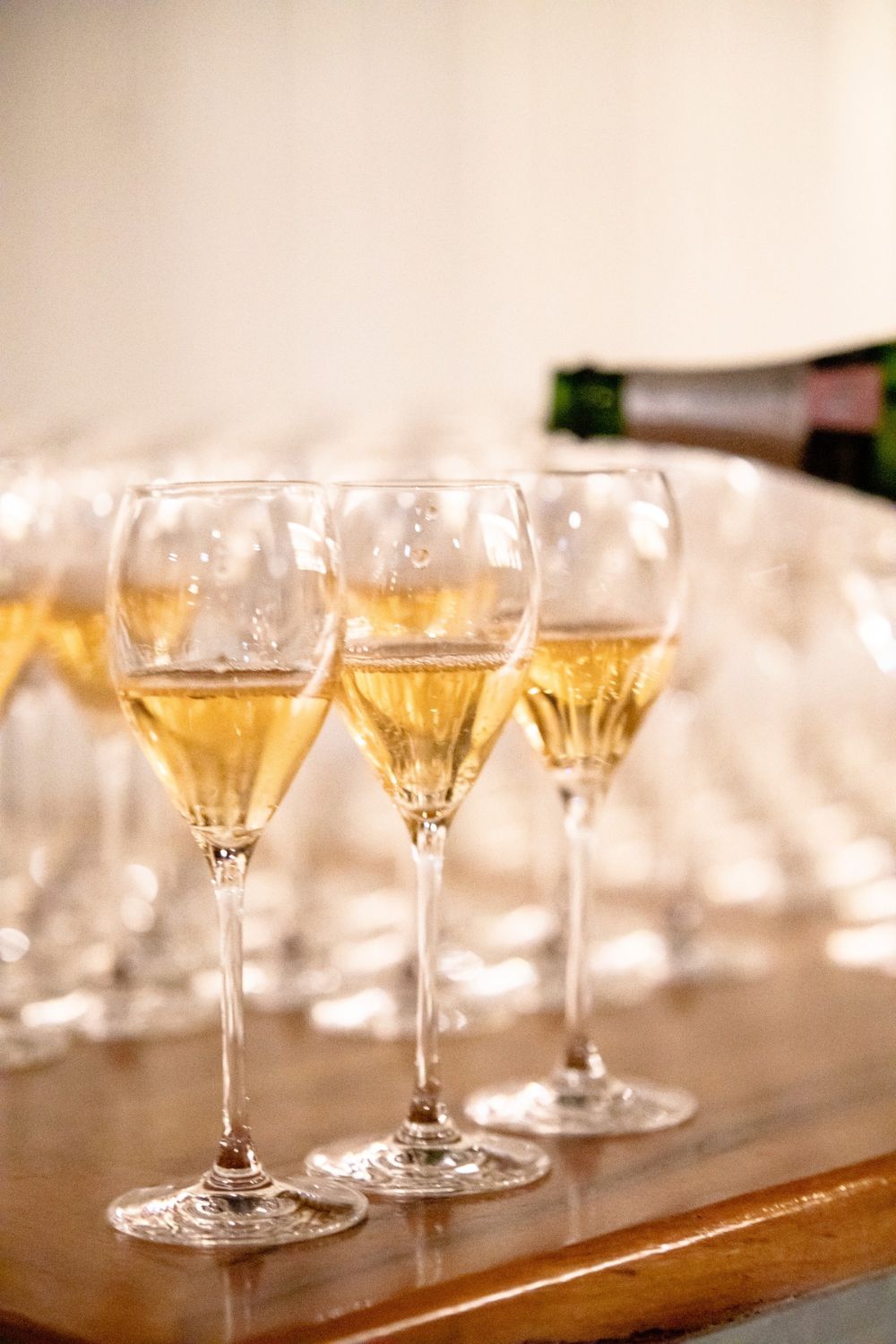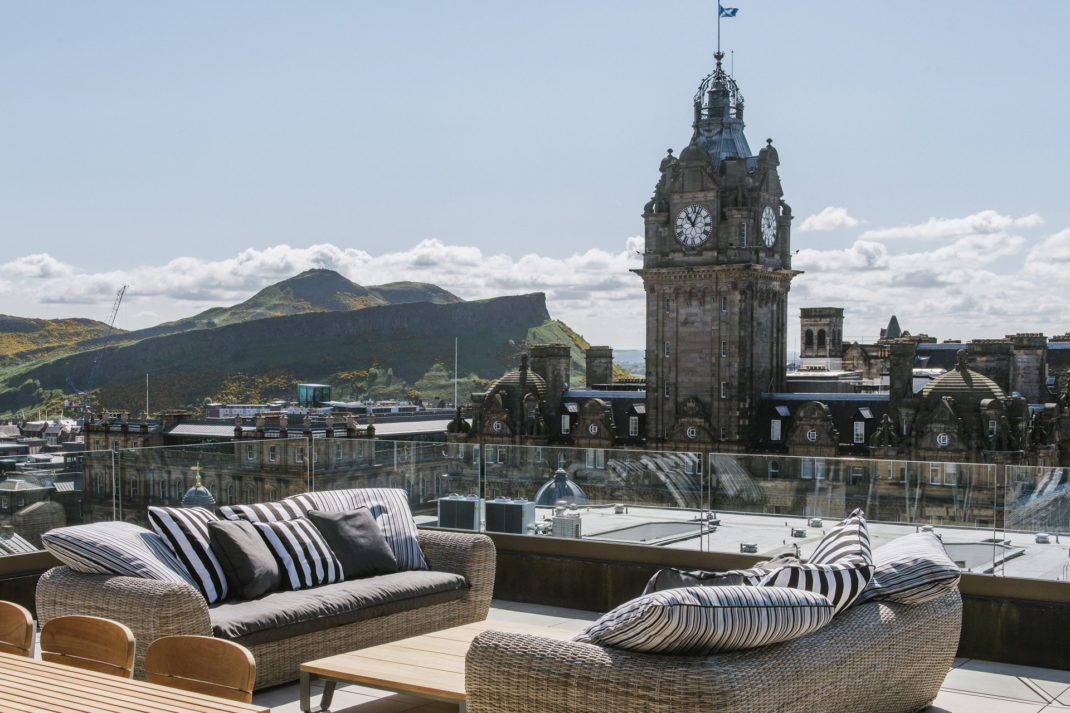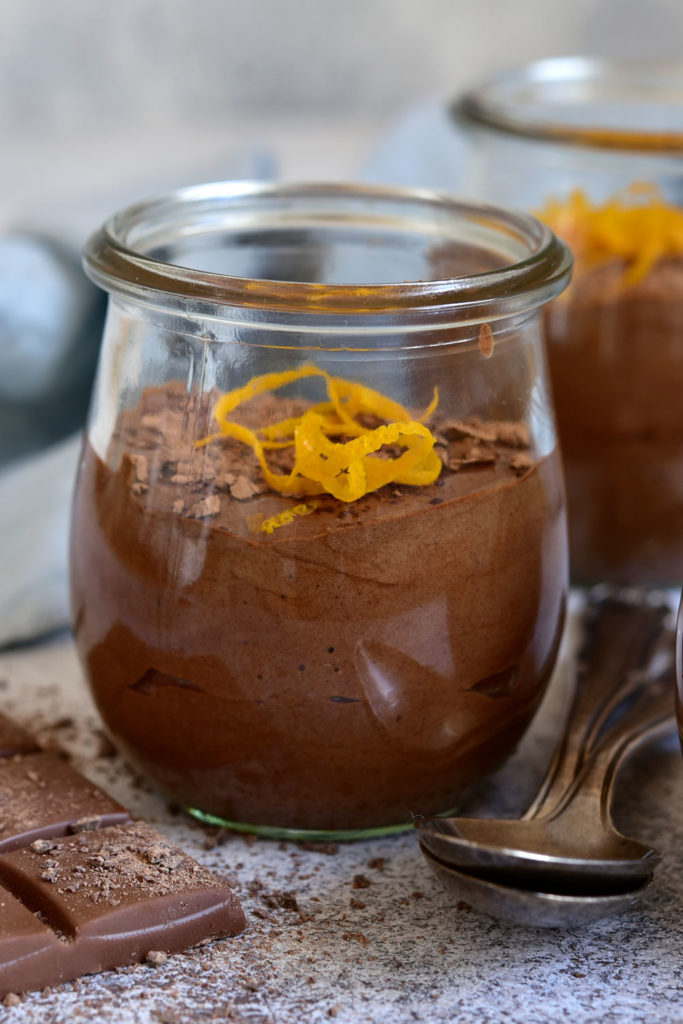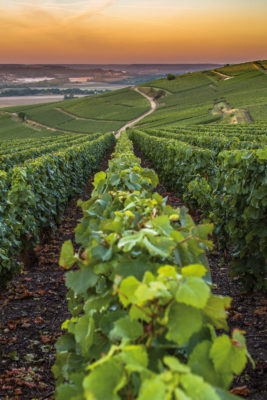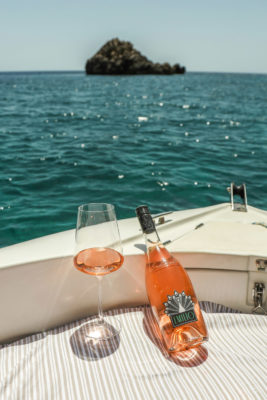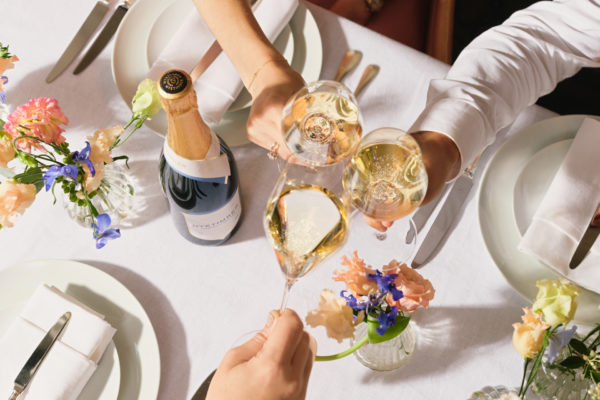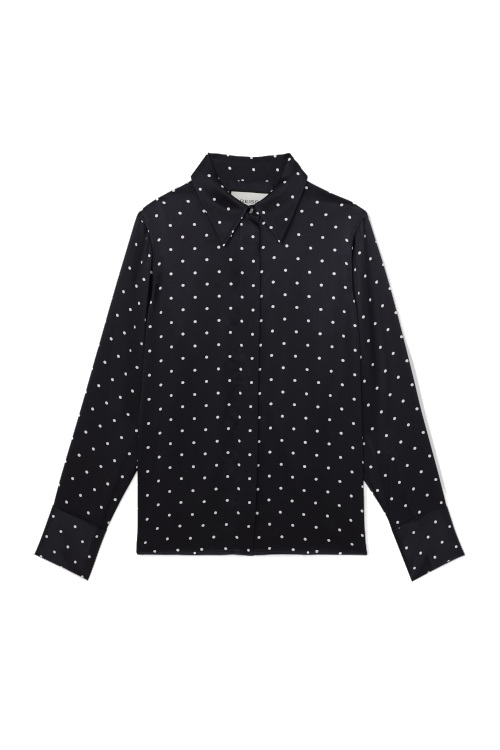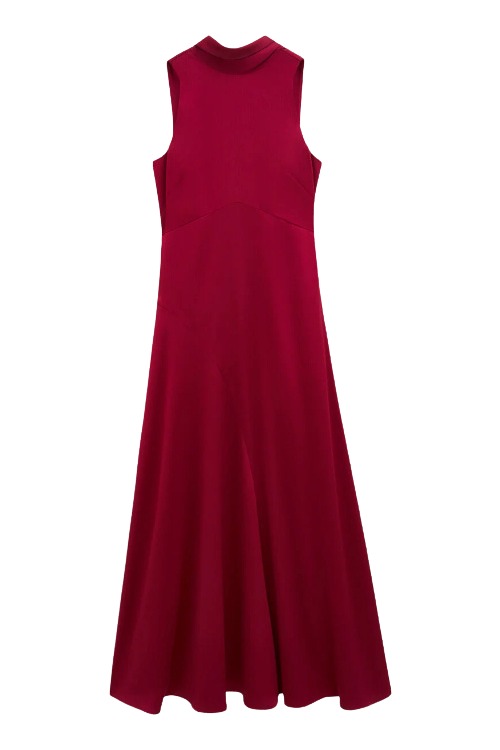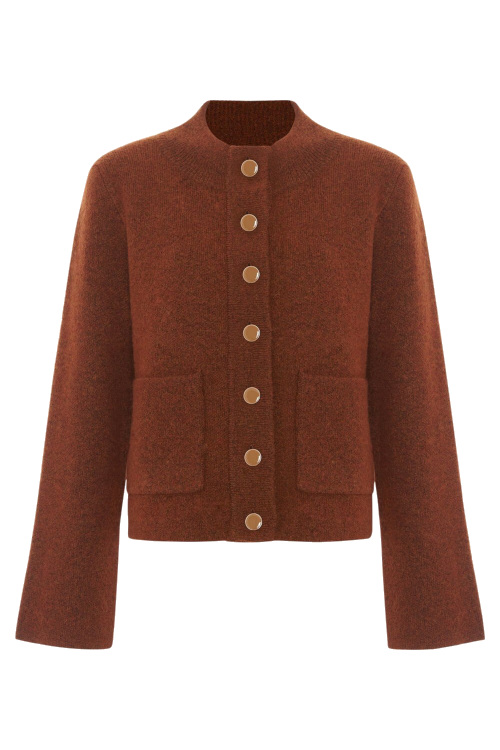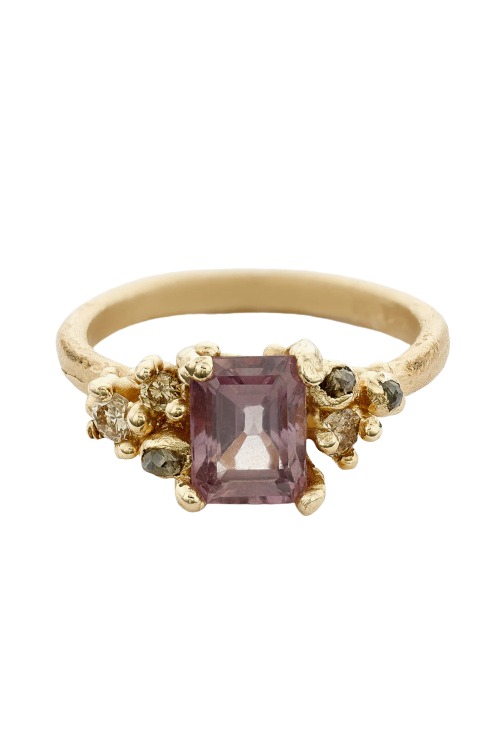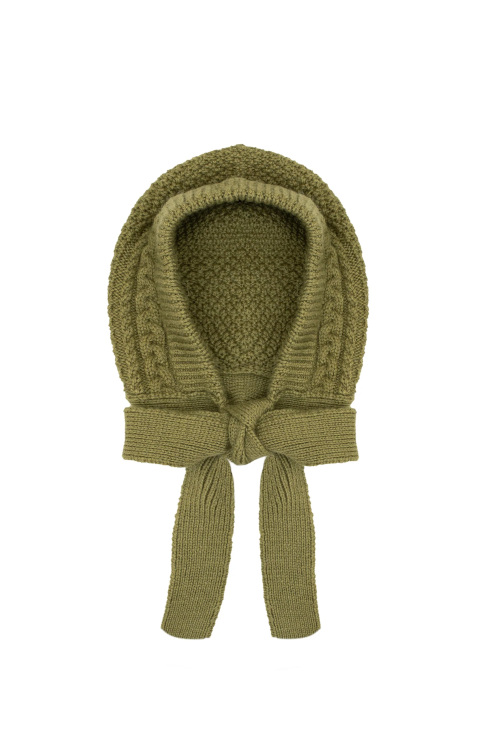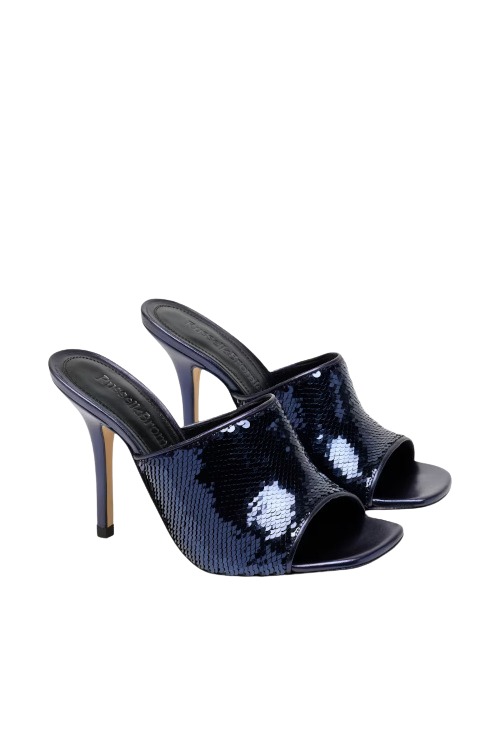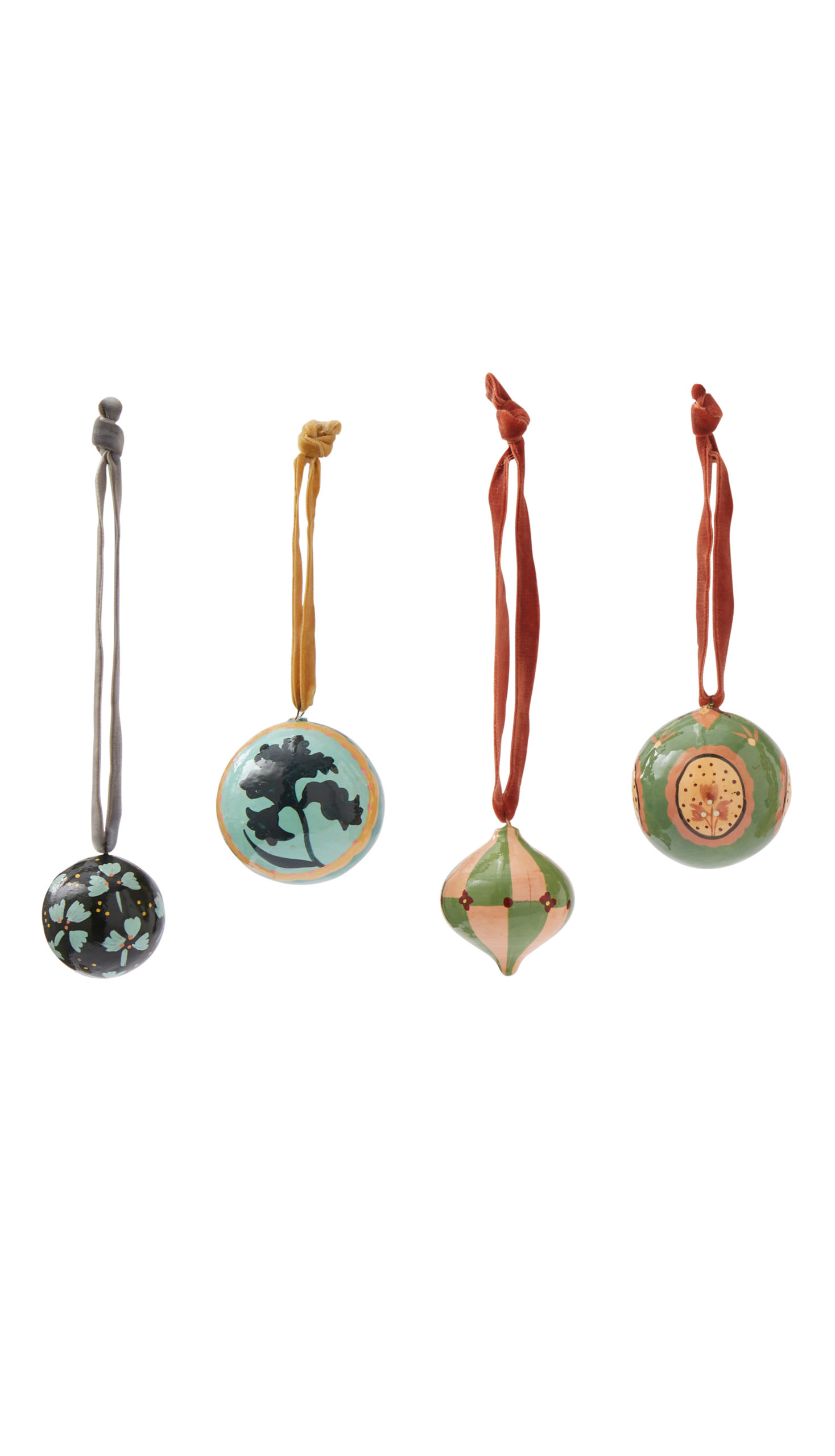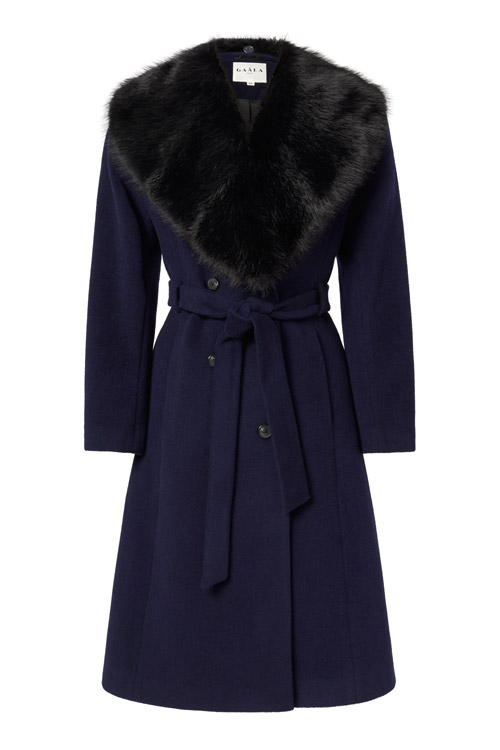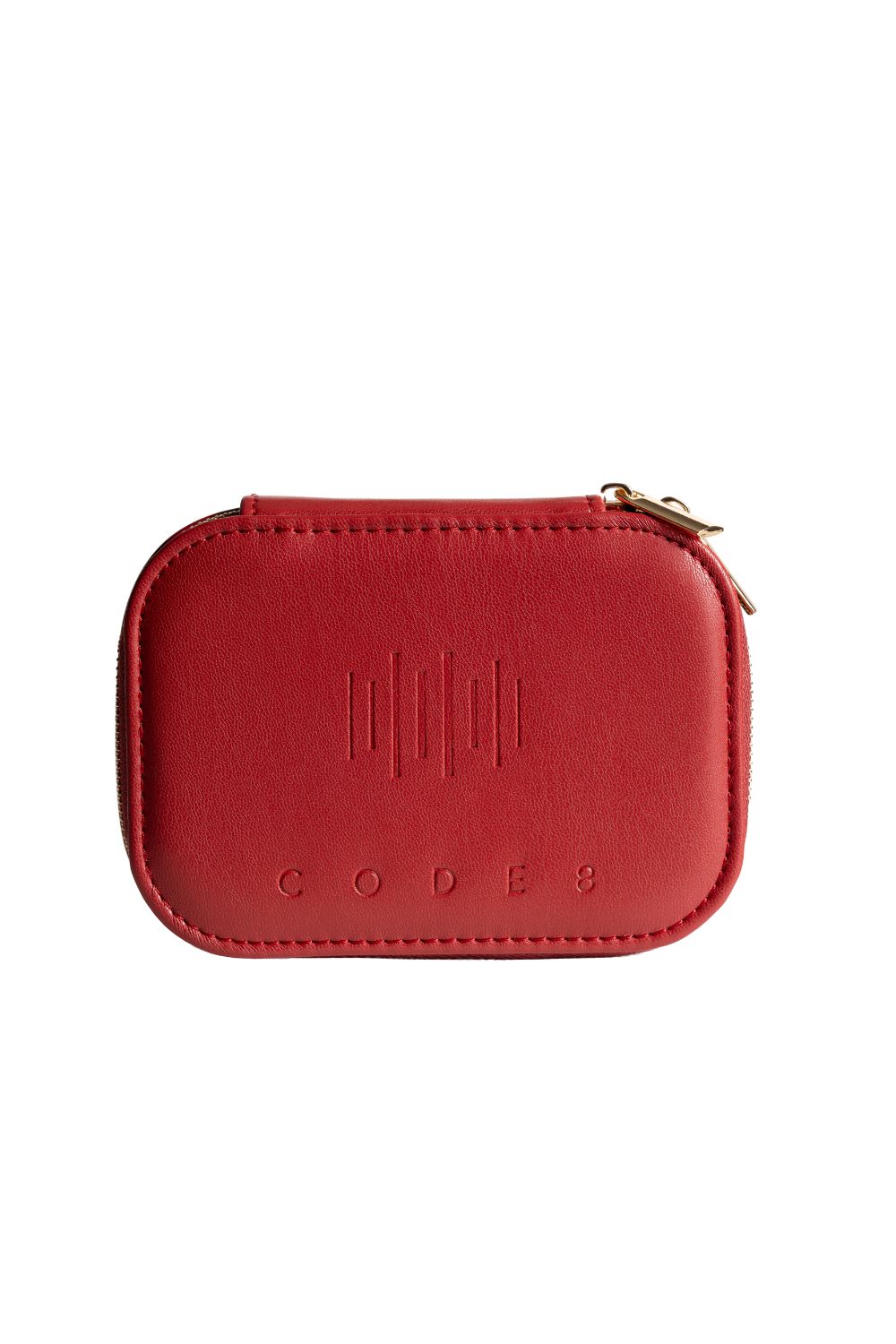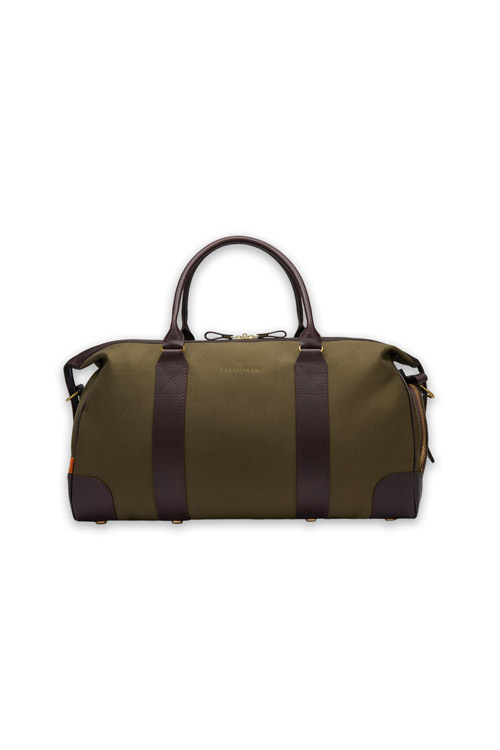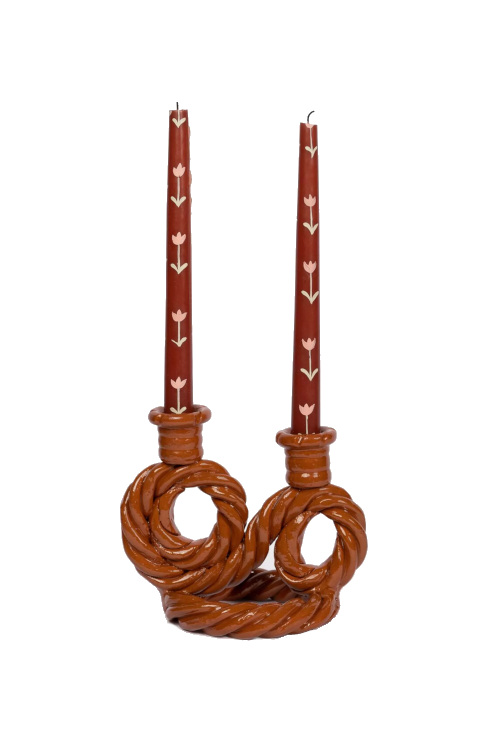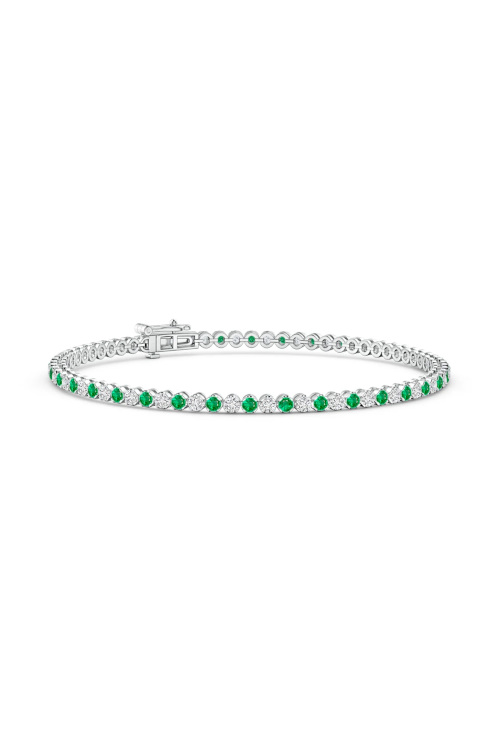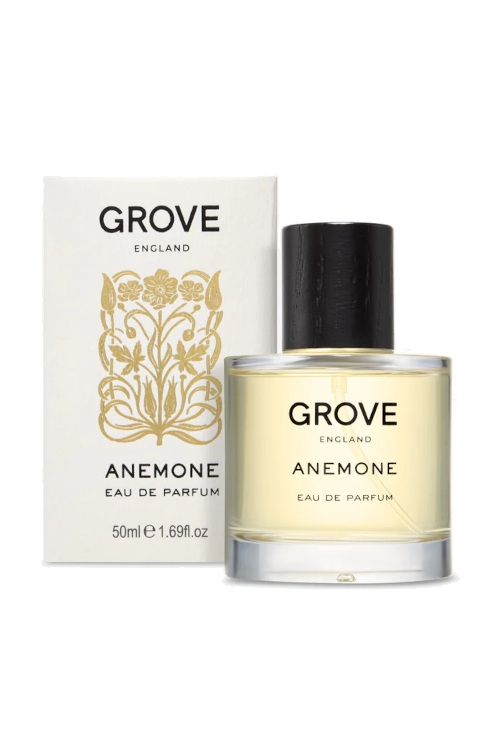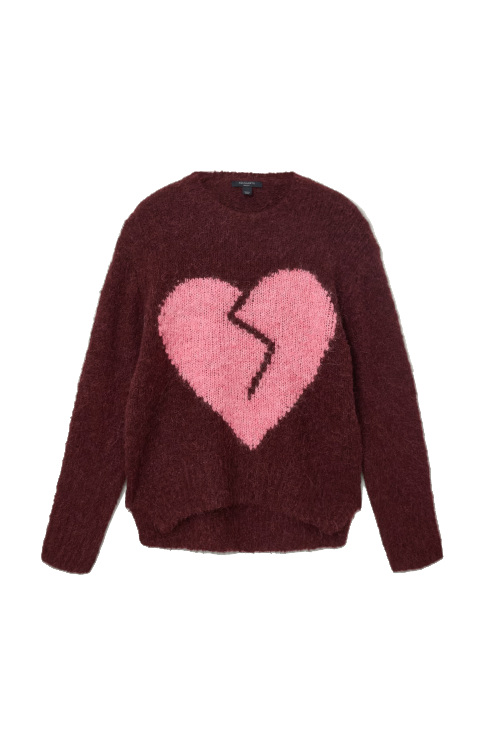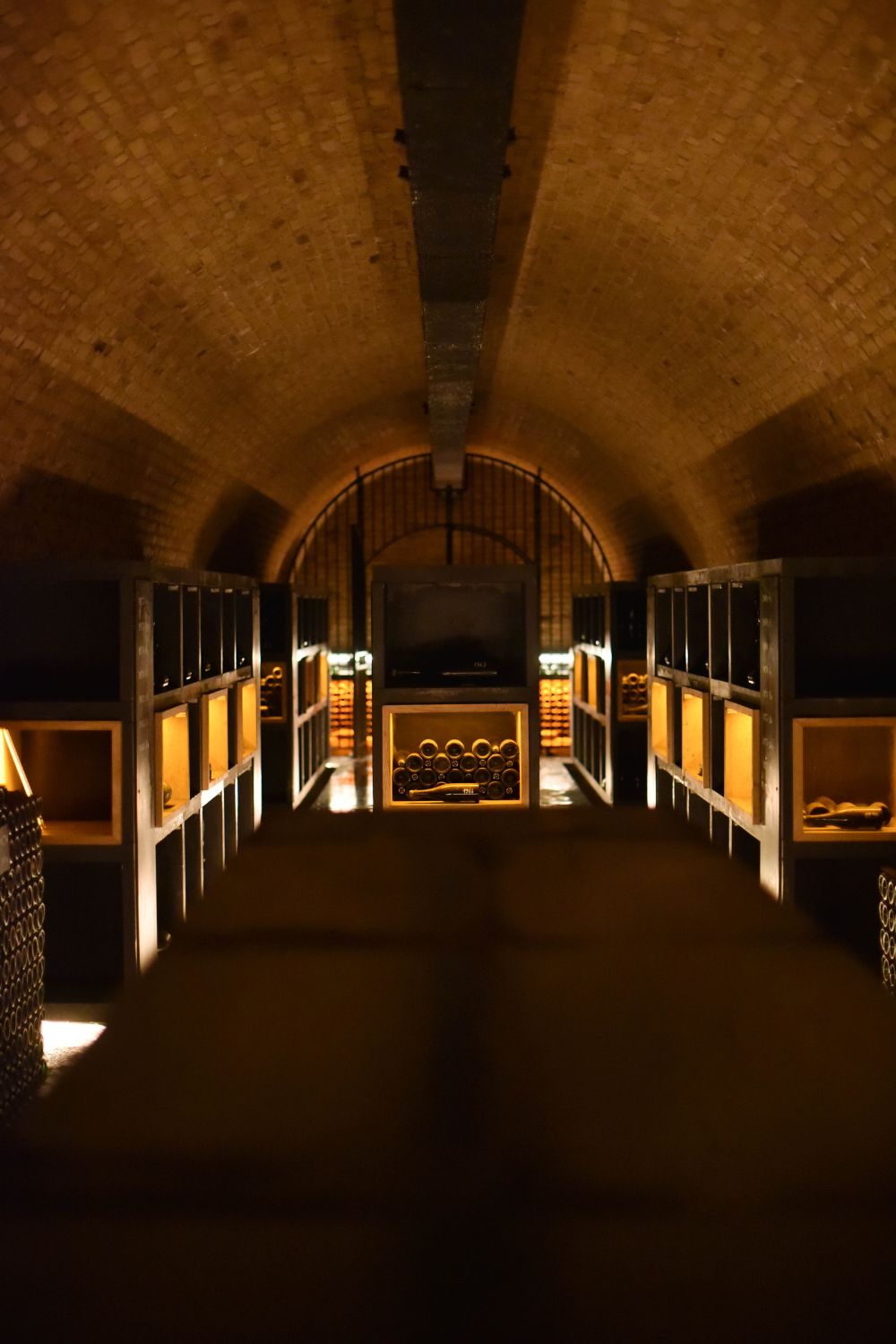
What’s Next For The Champagne Industry?
By
5 months ago
'Champagne is in a state of continuously evolving tradition'
Richard Hopton delves into the history (and the future) of champagne.
The History Of Champagne – And Where It’s Going Next
On 4 July 2025 Champagne will be en fête, celebrating the tenth anniversary of becoming a UNESCO World Heritage Site. There are around 1220 sites worldwide which have been awarded this coveted designation, of which 53 are in France; Champagne is recognised for the outstanding historical and cultural importance of its ‘Hillsides, Houses and Cellars’. This embraces the region’s distinctive wine-growing landscape, the architecture of the buildings dedicated to the production and sale of champagne, and the extraordinary network of cellars which lie under the region’s towns and villages. It also recognises the unique viticultural and wine-making savoir-faire of the people of Champagne accumulated over many centuries; the resonance of champagne, both as a region and a wine, in the popular cultural imagination; and the importance of the appellation and the trade bodies which promote and protect its reputation.
Vines have been grown in Champagne since Roman times: indeed, Classical remains have survived at about 500 sites in the Rheims area. In the late seventeenth century, the region’s monks – led, as is well known, by Dom Perignon of the Abbey of Hautevillers – did much to improve the wine-making process, assisted by the development of stronger bottles by English glassmakers. However, the champagne business as we know it today is a creature of the first 40 years of the nineteenth century.
Nowadays, Champagne (the region and the wine industry) is in a state of continuously evolving tradition. Wherever you look in this huge, complex region, respect for its traditions sits cheek-by-jowl with a restless determination to improve. Every aspect of wine-growing and wine-making comes under the microscope, modernising its practices while at the same time preserving, and indeed enhancing, the quality – and therefore the reputation – of the wine.
This marriage of innovation and tradition is visible everywhere in Champagne. Earlier this year, the Comité Champagne, the trade body which jointly represents the champagne houses and the growers, published ‘Stronger Together’, a detailed report on corporate social responsibility in the region. It examines a multiplicity of challenges facing the region, including how to preserve its heritage, how to ensure that it can continue to produce exceptional wine, and how to address such wider problems as global warming.
Innovation
Likewise, in the vineyards and cellars, Champagne’s revered traditions are no bar to adaptation. Nowadays, for example, part of Vranken Pommery’s vast cellars in Rheims – all 18 kilometres of them, containing around 25 million bottles of champagne – houses an annual art exhibition. The pieces cohabit with the wine: a modern sculpture sits a few yards from a tightly packed stack of bottles, laid head to tail, all precisely labelled and counted, 10,198 here or 20,600 there, ageing in the traditional way, in the cool, damp depths of Champagne’s chalk.
Champagne has long understood the commercial imperative to market its product. Madame Pommery, who ran her eponymous champagne house in the latter half of the nineteenth-century, went so far as to build Maison Pommery in an Elizabethan Gothic style with which her English clients – then, as now, major consumers of champagne – would feel comfortable. Nowadays, the emphasis is on combining education and hospitality, teaching and tasting.
Hospitality
During my time in Champagne, I visited at least three organisations which have recently radically improved their facilities for receiving clients. Jacquart, a large co-operative, bought a few years ago the Ruinart family’s grand fin de siecle house in the centre of Rheims. It is now the centre of the firm’s marketing efforts; I enjoyed a fascinating tasting there.
Besserat de Bellefon, founded in Ay in 1843, now occupies as its headquarters the former government social security offices in Épernay. The renovated offices offer gracious tasting rooms and three suites for overnight visitors. Julien Martin, my host here, was adamant that people should be shown how to ‘drink champagne as it’s drunk in Champagne.’
The third was a smaller grower, Christian Muller, in the village of Mailly on the Montagne de Rheims. Here, in premises on the edge of the village, a roof terrace has been built to provide an entertainment space. The terrace commands far-reaching views over the vineyards to Rheims cathedral in distance; it’s a magical place in which to taste the house’s excellent wines. Such developments are ambitious and no doubt expensive, but both Besserat de Bellefon and Christian Muller have also modernised their image recently by introducing new labels to replace the former, somewhat old-fashioned ones.
Sustainability
Champagne is conscious of the need to lessen the environmental impact of its wine production. In 2003 it was the first French wine region to assess its carbon footprint. Since then, the region has made great strides in a number of areas, including recycling water used in production, big reductions in the use of herbicides, and a 20 percent cut in the carbon footprint of the wine by reducing the weight of the bottles. The region’s growers and producers are likewise keenly aware of the need to promote biodiversity in what could be a monocultural landscape: 100 kms of hedges have been planted in recent years and there are 500 varieties of insect known to be living in and around the vineyards.
Two unexpected things strike the outsider about Champagne. One is its scale and diversity, the other, perhaps surprisingly, its sense of community and co-operation, fired by a common self-interest. The appellation consists of 34,500 hectares of vines; there are no fewer than 16,200 growers – whose average holding is two hectares – managing 90 percent of the vines, 370 champagne houses who ship more than two-thirds of the wine and 130 co-operatives. Pommery produces six million bottles of champagne a year, Christian Muller around 25,000. Yet despite these enormous disparities in size, there is a strong sense of unity and common purpose. Every aspect of the champagne industry is tightly regulated, even down to the ways in which the vines can be pruned – and who can do it – for the common good.
In the end, though, it all comes down to the champagne itself. Each glass contains a wine which is the result of centuries of savoir-faire, of knowledge of the soil and the climate, of vinification and blending and the happy geological accident of easily tunnelled chalk. And a million bubbles.
Richard Hopton visited Champagne as a guest of the Bureau de Champagne UK, staying at the Hotel Margaux in Épernay.
For more of Richard’s work, visit richardhopton.co.uk

